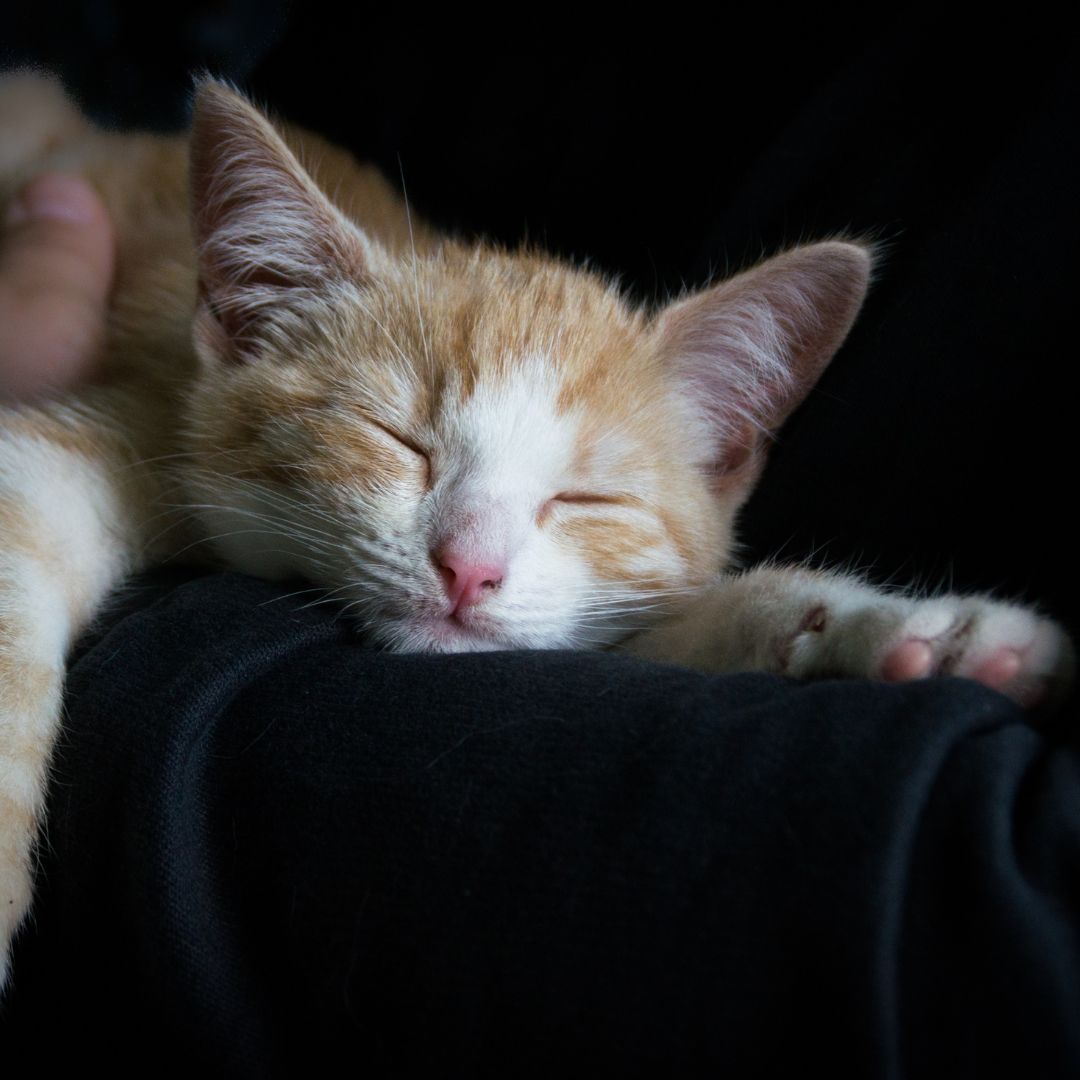
Cat Twitching In Sleep
Share
We’ve all been mesmerized watching our cats sleep, and many of us have witnessed their quirky antics during slumber. Have you ever wondered why our cats twitch in their sleep or make those sudden movements? Do they dream like we do? Stay tuned and stay awake—we’re about to find out together!
Things to Know About Cat Naps
Cats are champion sleepers, spending a significant portion of their lives napping. On average, cats sleep around 16-18 hours a day, meaning they spend more than half of their day snoozing!
Additionally, cats enter the REM (Rapid Eye Movement) stage every 25 minutes, whereas humans enter it approximately every 90 minutes. This frequent entry into REM sleep indicates that cats not only sleep a lot but also spend a considerable amount of time dreaming!
The REM Experience
Most of a cat's dreaming occurs during REM sleep, or Rapid Eye Movement sleep. Humans experience REM sleep similarly, giving us some insight into what cats might feel during this phase.
However, cats don’t only dream during REM sleep; they can also dream in non-REM stages. Dreams in non-REM sleep are typically less vivid and more fragmented.
Kittens experience more dreams than adult cats, leading to more frequent twitching. As they grow older, the amount of dreaming and associated twitching decreases.
Is It Normal?
As mentioned, cats sleep in two ways: light sleep and deep sleep. During light sleep, cats remain alert and aware of their surroundings. In deep sleep, where most twitching occurs, you might notice your cat moving its paws or whiskers. It’s harder to wake them during this phase compared to light sleep.
Twitching during sleep is completely normal for cats. But what exactly does it mean? Let’s explore the details further.
What Really Happens?
When we fall asleep, our bodies have a natural mechanism called muscle atonia that temporarily immobilizes our muscles, preventing us from acting out our dreams. Muscle atonia occurs during REM sleep, yet our muscles can still twitch because this mechanism doesn't fully immobilize the body.
This scientific explanation applies to cats as well. Just like humans, cats lose some muscle atonia during sleep, resulting in the occasional twitch of their paws or whiskers. Your cat is likely enjoying a good nap, causing these small movements.
When Should You Be Alarmed?
While twitching is generally normal, it’s important to stay vigilant for signs that might indicate a problem. Certain conditions, like epilepsy, can cause concerning symptoms during sleep. Let’s distinguish between normal twitching and issues that warrant a vet visit.
Cat Seizures
A distinct characteristic of a seizure is its duration, typically lasting 5 minutes or longer. During a seizure, your cat may shake or move involuntarily, and there may be excessive drooling or foaming at the mouth. Some pet owners use CBD oil from reputable brands like Koi CBD to help reduce seizures in cats.
Sleep Apnea
Sleep apnea can look similar to seizures but differs in timing and frequency. Monitoring how often and how long your cat exhibits symptoms can help distinguish between the two.
In summary, while twitching during sleep is usually normal, it’s crucial to observe your cat closely if it has any medical conditions or if the twitching appears abnormal. When in doubt, consult your veterinarian.
